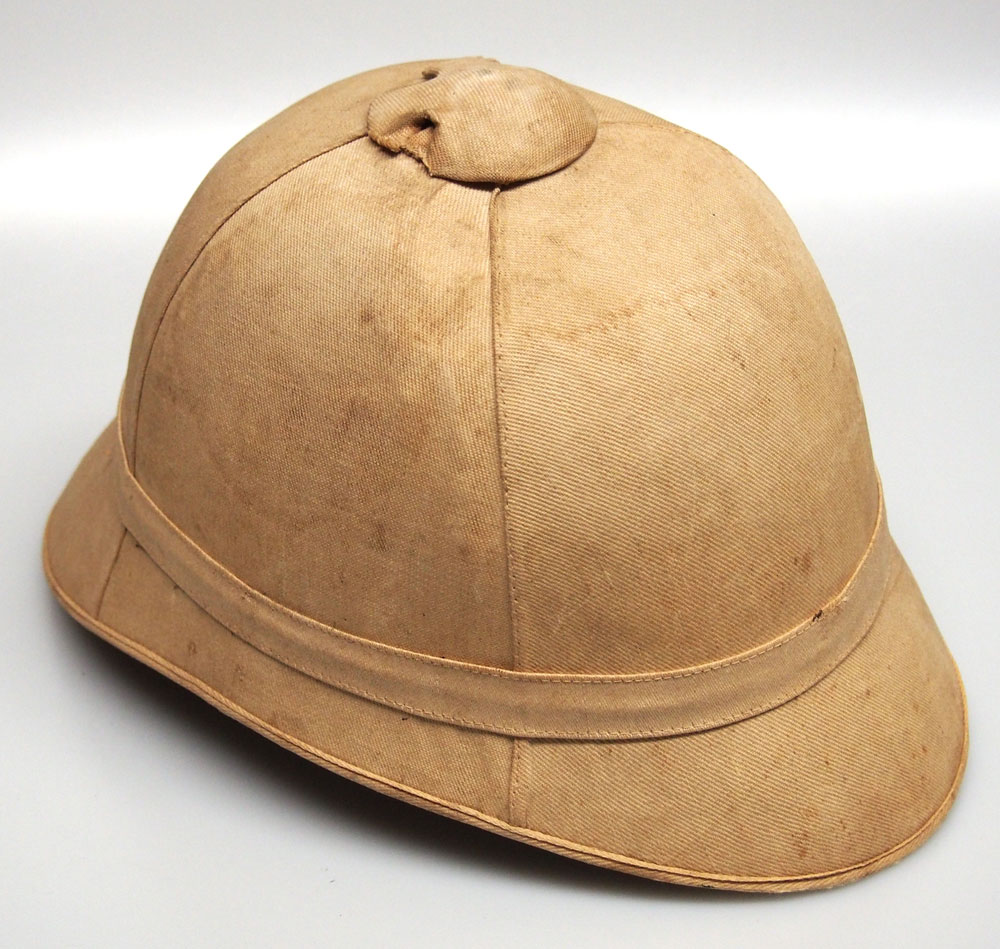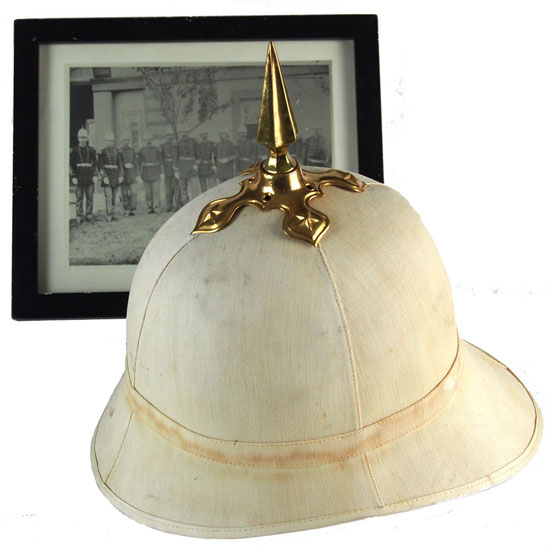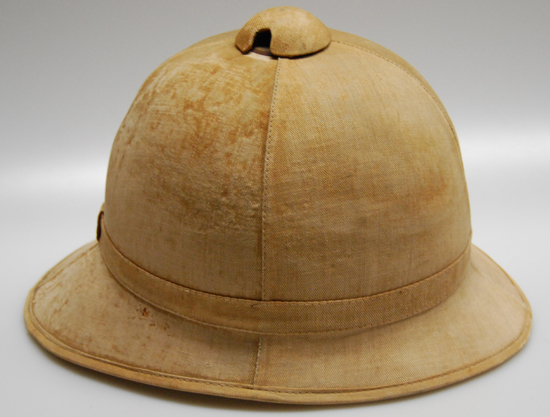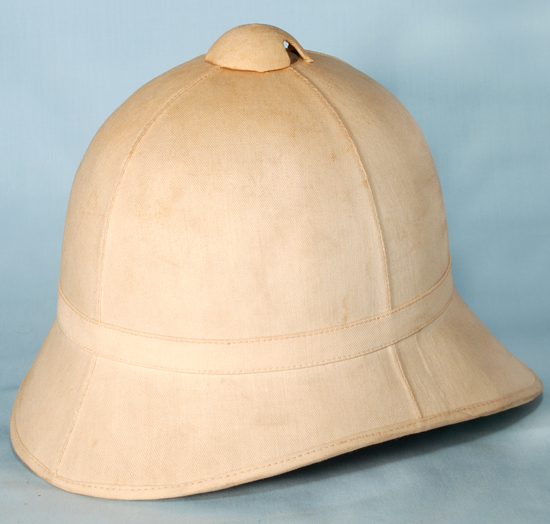Tag Archives: Model 1887
An American Helmet Variation
 Understanding the sun helmets of the U.S. Army and even the United States Marine Corps that were used during the 19th century is rather simple as it comes down to the Model 1880, Model 1887 and Model 1989 helmets. These were the three main helmets used by regular Army – while the USMC did apparently use the Model 87/89 to some extent.
Understanding the sun helmets of the U.S. Army and even the United States Marine Corps that were used during the 19th century is rather simple as it comes down to the Model 1880, Model 1887 and Model 1989 helmets. These were the three main helmets used by regular Army – while the USMC did apparently use the Model 87/89 to some extent.
Where the issue is harder to understand is when it comes to the militias and National Guard units. While it is known that several patterns existed for these as well, most seem to be fairly uniform and follow the same basic parameters of the Army style helmets. These were four seams, with a front/back and side seams. Now another helmet was found that turns all this on its axis! Continue reading
The 19th Century USMC Sun Helmet

It is well established – as we’ve noted in past articles – that the United States Marine Corp has long utilized sun helmets. The pressed fiber examples were likely based on the British “Standard Pattern” and continue to be used even today.
What is less understood is when and more importantly where the Corps used the Model 1887/89 pattern sun helmets. It has been argued by collectors that the USMC may have adopted its own helmets – which were similar to the Model 1881 helmets that were utilized by some National Guard and State Militia units. It is true that the USMC Band helmets are close to those designs. Continue reading
The American M1880 Helmet
 While much has been written about the M1887/89 pattern American sun helmet – including by this author – there is the far less encountered M1880 helmet. This designation actually appears to have been used interchangeably over the years to describe the helmet pattern above, as well as the used by various National Guard units. Continue reading
While much has been written about the M1887/89 pattern American sun helmet – including by this author – there is the far less encountered M1880 helmet. This designation actually appears to have been used interchangeably over the years to describe the helmet pattern above, as well as the used by various National Guard units. Continue reading
The American Summer Sun Helmet

The “Classic” American Sun Helmet of the late 19th Century. This Model 1887 helmet features four panel construction and is constructed of cork covered with bleached cotton drill.
While the various European powers sought a “place in the sun” and established colonies around the world, the United States in the latter half of the 19th century expanded westward and tamed the interior of the North American continent. Continue reading

